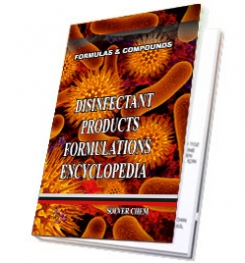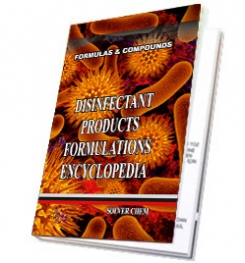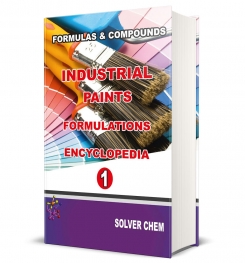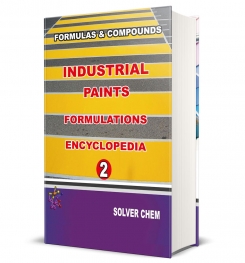Chlorine is the best disinfectant for use against A(H5N1) contamination. There are two main reasons for this: 1. In many countries it is the only cheap and easily available disinfectant effective against influenza viruses. 2. It is one of the few disinfectants that can safely be used in laboratories where PCR work is undertaken because it fragments nucleic acids.
Other disinfectants such as quaternary ammonium compounds and alcohols precipitate nucleic acids and can give false results in PCR tests (see below). The best compound for the preparation of chlorine solutions for disinfection is household bleach (also known by other names such as Chlorox®, Eau-de-Javel). Household bleach is a solution of sodium hypochlorite which generally contains 5% (50 g/litre or 50 000 ppm) available chlorine. Note that:
• different products may contain different concentrations of available chlorine and the concentration should be checked before use;
• household bleach preparations can lose some of their chlorine over time. Use newly manufactured bleach if possible. If the bleach does not smell strongly of chlorine it may not be satisfactory for the purpose and should not be used;
• thick bleach solutions should never be used for disinfection purposes (other than in toilet bowls) as they contain potentially poisonous additives. When preparing chlorine solutions for use note that:
• chlorine solutions gradually lose strength, and freshly diluted solutions must therefore be prepared daily;
• clear water should be used because organic matter destroys chlorine;
• 1:10 bleach solution is caustic. Avoid direct contact with skin and eyes;
• bleach solutions give off chlorine. Prepare them in a well ventilated area;
• use plastic containers for mixing and storing bleach solutions as metal containers are corroded rapidly and also affect the bleach.
SODIUM HYPOCHLORITE DISINFECTANT
AND
PRODUCTION PROCESS
AND
PRODUCTION PROCESS
MANUFACTURING PROCESS OF SODIUM HYPOCHLORITE DISINFECTANT is not very complicated. For the production, there is need usable and tried a formulation, raw materials and mixing tank. For raw materials to be used, quantities to be used and ingredients usage rankings, you should look into this formulation. Therefore, formulation and productıon methods of sodium hypochlorite disinfectant solutions are important. If you have not a good formulation, you cannot make healthy and efficient production of any disinfectant products and derivatives.
DISINFECTANT PRODUCTS FORMULATIONS ENCYCLOPEDIA


HARD BOOK E BOOK
RELATED TAGS: What is sodium hypochlorite, sodium hypochlorite disinfectant formula, formulation, formulas,How to make sodium hypochlorite disinfectant, types of sodium hypochlorite disinfectant, chlorine based disinfectants, oxidizing agent disinfectant making, reciple of disinfectants,what is oxidizing products,where to use sodium hypochlorite, msds of sodium hypochlorite, specification of sodium hypochlorite,oxidizing disinfectant production process, peracetic acid disinfectant production,manufacturing of sodium hypochlorite disinfectant,what is sodium hypochlorite, where to use sodium hypochlorite, formula of sodium hypochlorite, preparation of sodium hypochlorite solution.

|
|

|
|

|
|
